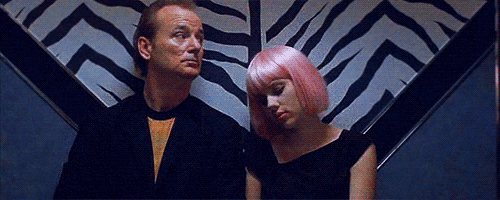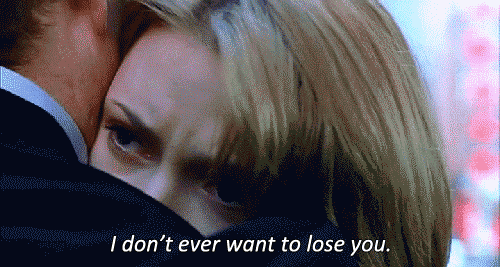As Mother's Day approaches we reflect upon the mothers and mother figures in our lives who have shaped who we are and will continue to guide who we become. Few films capture the trials and triumphs, love and loss, of motherhood with the poignancy of 2012's animated family fantasy Wolf Children. This Mother's Day take a walk on the wild side with Wolf Children.
The story begins in late 1990's Tokyo. Shy college student Hana falls for an unnamed classmate who seems to be the man of her dreams. Her dream threatens to turn into a nightmare, however, when her love interest reveals that he is a werewolf. Hana accepts him without hesitation and the two eventually marry. The couple soon have two children, Yuki and Ame, who both inherit their father's lycanthropy. Soon after their second child is born, tragedy strikes when he is killed in an accident while hunting for the family's food. The grief of Hana's loss and struggle of single motherhood are further complicated by her children's unusual abilities. Despite their best efforts both Yuki and Ame struggle to control their wolf form, prompting their mother to hide them from the outside world. When their reclusive lifestyle raises the suspicions of social services she opts to move the family into the countryside, away from prying eyes. The film then follows Hana's efforts to build a life for herself and her children as all three navigate the confusion of growing up and confront the pain of letting go.
The film expertly utilizes its unique premise to explore universal themes. Hana's realization that he has fallen in love with a werewolf adds a supernatural intrigue to what begins as a straight forward love story. While this twist recalls classic horror and trendy teen romances alike the film focuses upon the ramifications of this realization rather than its initial shock. In this way, the film is able to use Hana's unusual dilemma as a stand-in for real life complications including disabilities, mental illness, and cultural differences. In this way, the film allows viewers to not only sympathize but empathize with its central couple, making their eventual parting all the more impactful. Similarly, the film cleverly uses the children's mixed identity to symbolize their outsider status. The children's abilities and their struggles to control them additionally act as apt stand-ins for a variety of unique real-life challenges while mirroring the universal growing pains that all children face. In its depiction of Hana's efforts to guide her children the film expertly captures the hardships and sacrifice that define motherhood while reminding viewers of the love and fulfillment that make it all worthwhile. As a result, this modern fairytale relates one of the most surprisingly grounded depictions of motherhood in all of cinema. This Mother's Day join the pack with Hana and her Wolf Children.
The world of Wolf Children is brought to enchanting life thanks to its animation. The film utilizes both traditional 2D and computerized 3D CGI to highlight the story's fairytale atmosphere. The depictions of the city hold a severe modern beauty while the portrayal of the countryside is lush and vibrant. This setting design perfectly illustrates the film's central conflict between the children's civilized, human, and feral, wolf, halves. The character designs infuse each of the characters with expression and individuality. The dual wolf and human designs of the children and their father particularly stand out for the way in which they each capture the characters' unique personalities regardless of which form they are in. Experience the animated beauty and wonder of the wild world of Wolf Children.
At once refreshingly unique and universally relatable Wolf Children is a film for parents and children alike. The script explores the joys and sorrows of motherhood with tenderness without veering into sugary sentimentality. The gorgeous animation transports viewers to a lush world that they will be hard-pressed to leave. Celebrate the mothers in your life with a viewing of Wolf Children.







